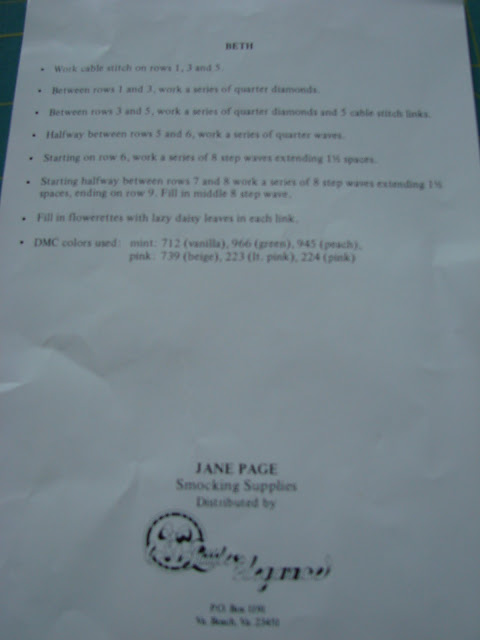I took a block of the month class at a quilt shop called Quilts Etc.
We made blocks from the Underground Railroad quilt.
Secret messages in the form of quilt patterns aided slaves escaping the bonds of captivity in the southern states before and during the American Civil War.
Slaves could not read or write, it was illegal to teach a slave to do so. Codes, therefore, were part and parcel of the slaves' existence and their route to freedom, which eventually became known as the Underground Railroad.
This was a really fun block of the month class. The first month you bought your kit for $5 plus tax. If you came to class the next month with your block completed, you would get that month's kit free. Otherwise, you would buy the block and pattern and fabric for $5. The class lasted a year. It wasn't a sewing class, but an informative class. The instructor would give some history and explanation about each block and visually demonstrate how the block went together.
Towards the end of the 12 months, you had to decide how you wanted your blocks to go together in your quilt. That was the fun part, designing your quilt! It was so much fun every month because everyone (about 30 or more) would share the projects they had finished. I better not forget to tell you that it is so much better to go to this class with a friend. I loved sharing the class with Nanette, my friend who taught me how to quilt ♥
Here is my completed Underground Railroad quilt:
The fabric for the blocks was provided in the kit, but the sashing and extra fabric to put the quilt together would need to be purchased. Each finished block is 12".
Block names are (top left) Bear Paw, (top right) Safe Passage,
(bottom left) Crossroads, (bottom right) Guiding Light or North Star.
(top right) Bow Tie or Broken Dishes (bottom right) Log Cabin.
If the center of the Log Cabin block is yellow, that means there is a light in the window, it is a safe home, warmth, someone is waiting for you.
If the center of the Log Cabin is black, that means it is a safe home in the Underground Railroad code.
If the center of the Log Cabin is red, that means it is the hearth or heart of the home.
(top left) Carpenter's Wheel, (top right) Flying Geese,
(bottom left) Basket, (bottom right) Wagon Wheel.
(top left) Shoofly, (bottom left) Monkey Wrench.
I put two extra blocks in the corners because there wasn't enough room in the quilt. The name of this block is Birds in the Air.
The name of this block is Drunkard's Path.
Here is the quilt label that I bought at the quilt shop. It tells the story of the Underground Railroad.
All of the fabric used in the quilt is Civil War reproduction.
I hope you have enjoyed my journey of this quilt as much as I enjoyed sharing it with you!












































